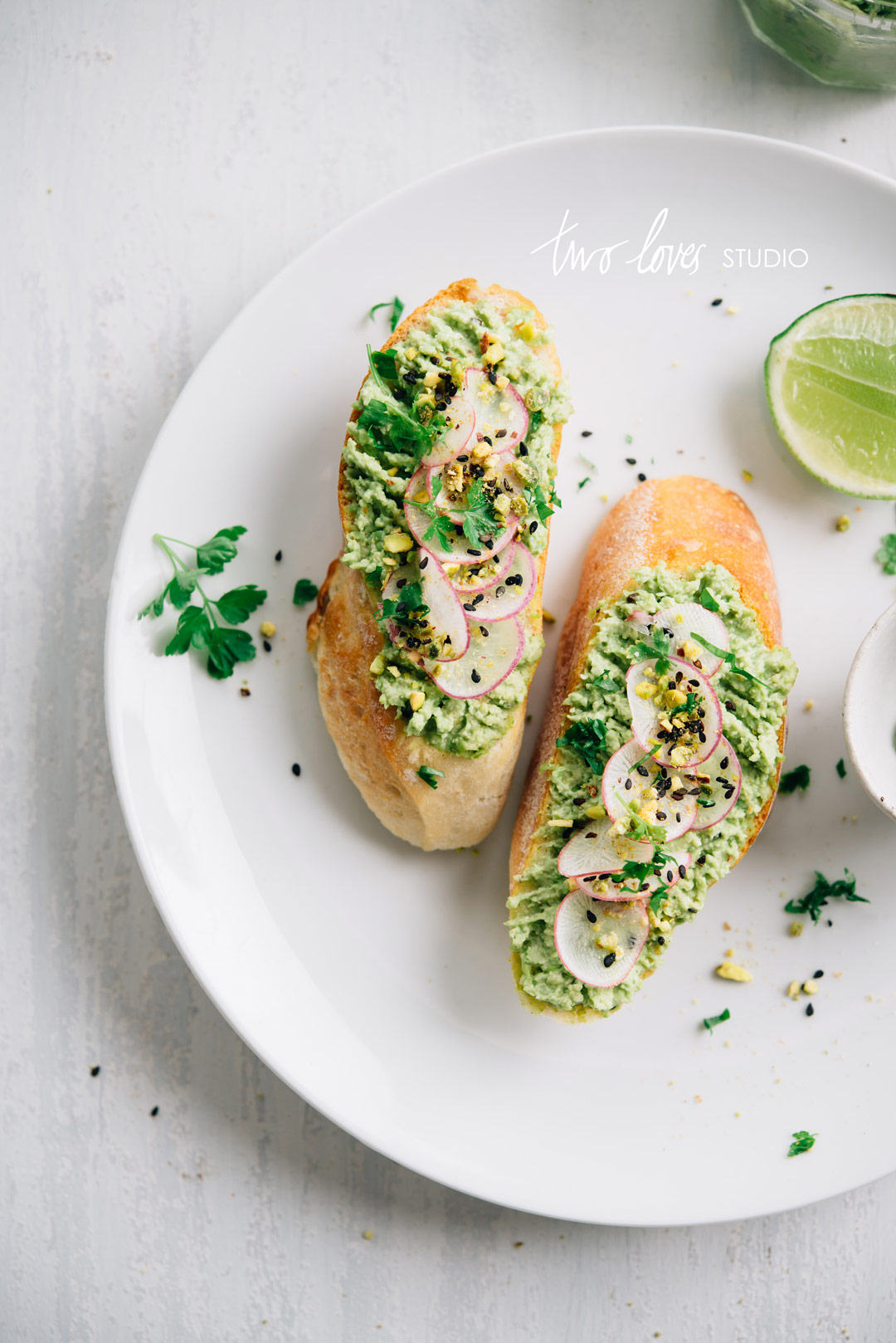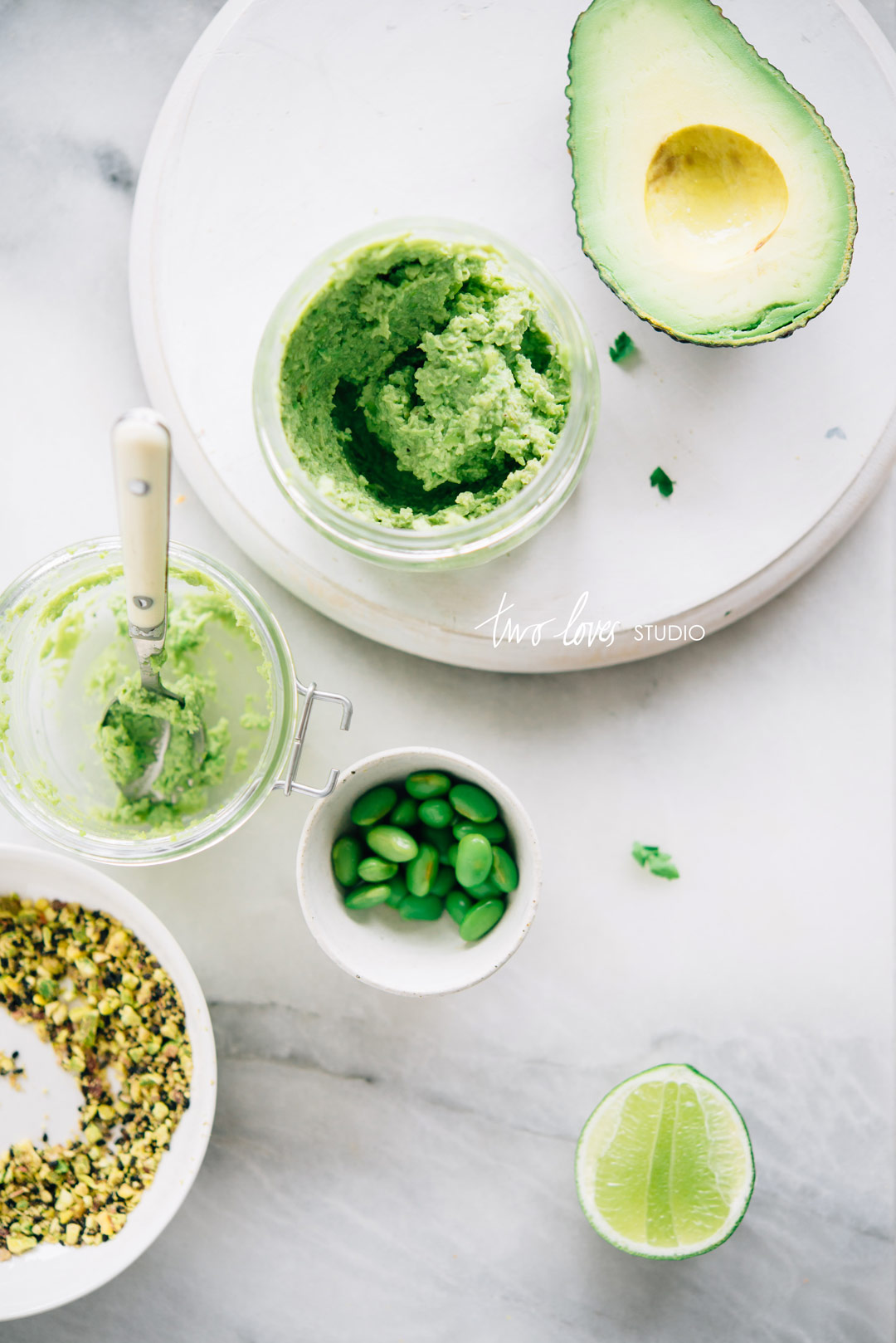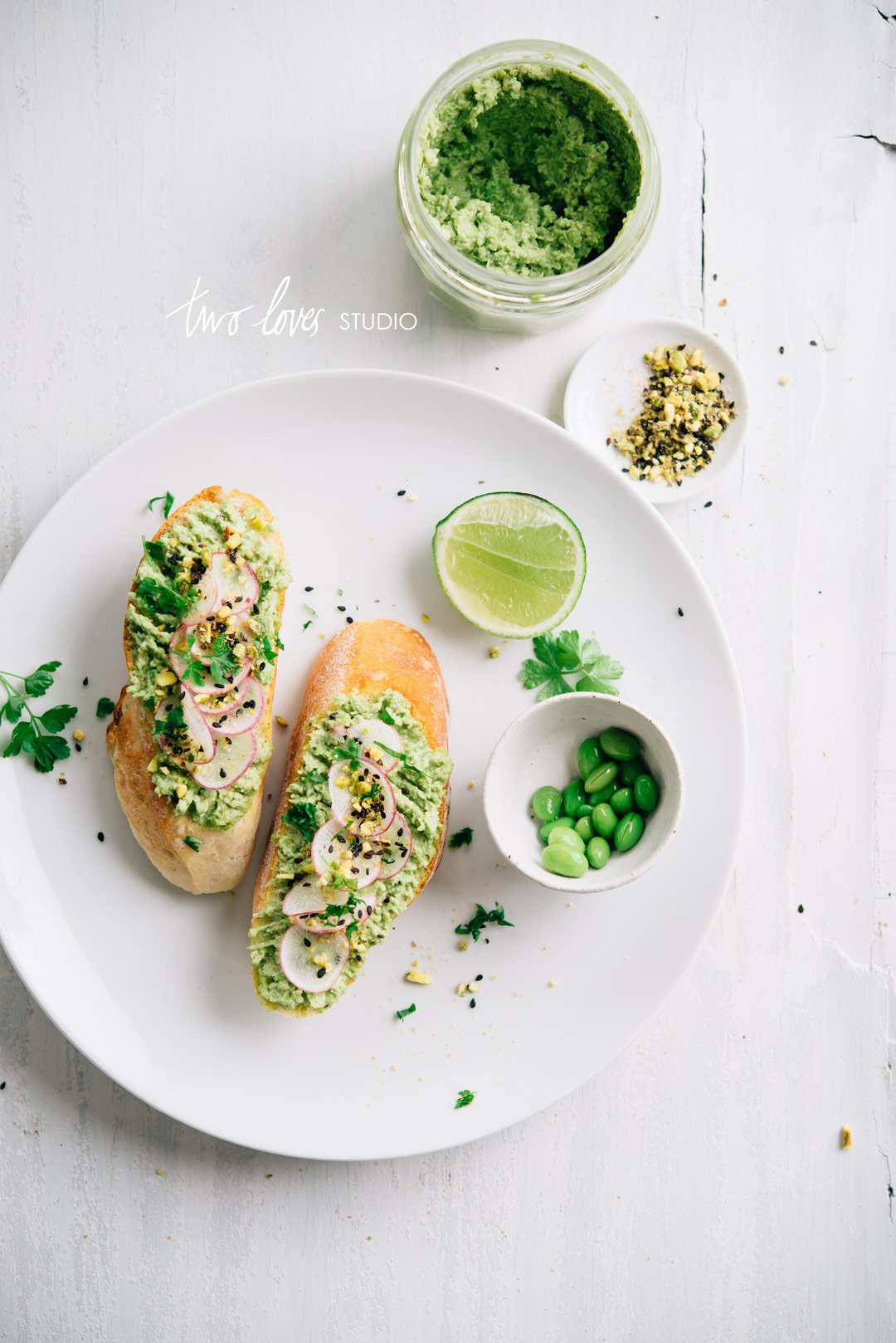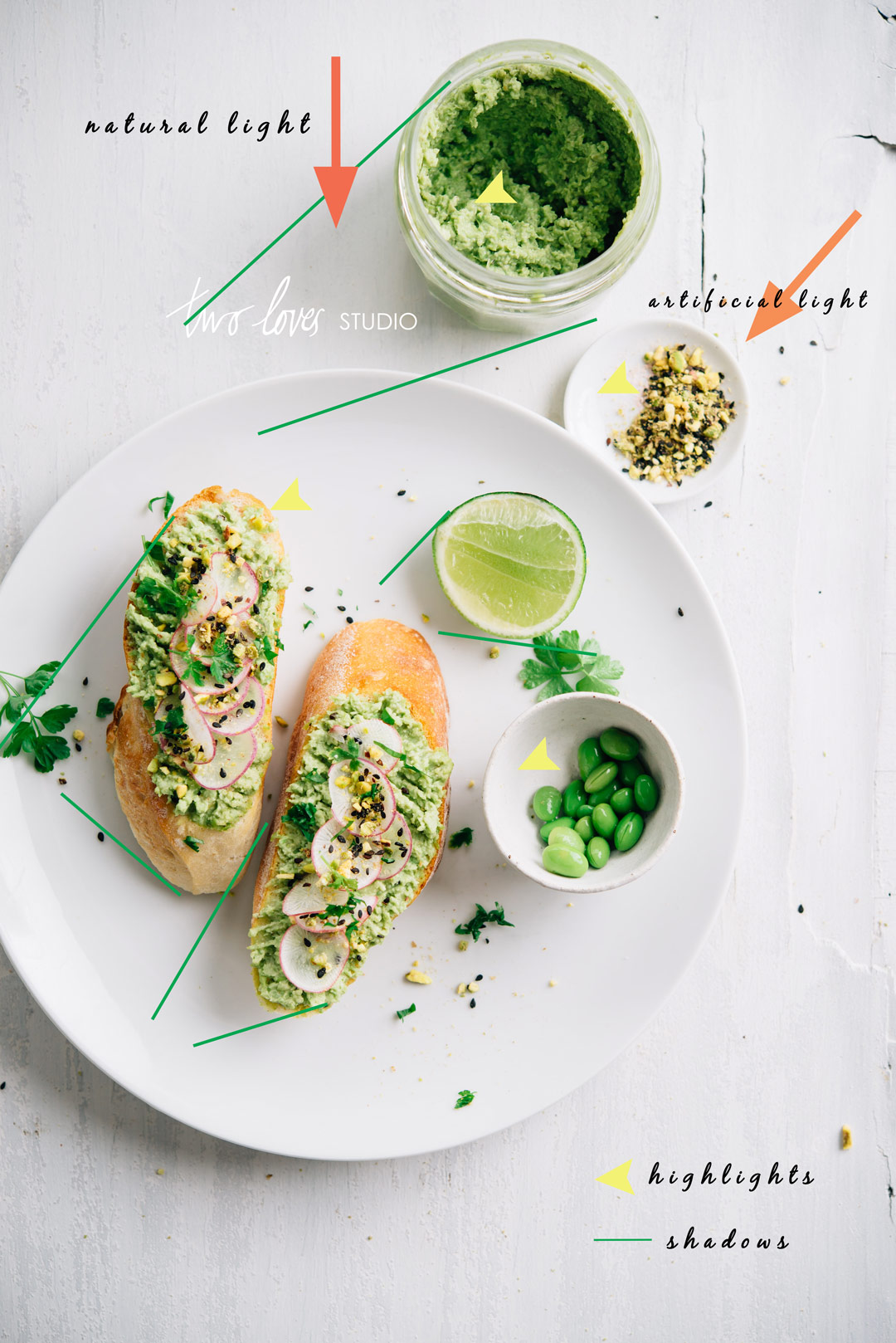For this month’s Decor8 column, I wanted to share a little piece of Melbourne with my readers by sharing a humble yet impressive take on the classic avo on toast. I turned to mixed lighting to pull this one off.
You can read the full post here.
To pull off this simple dish, it was going to come down to how the layers of the ingredients were presented but more importantly how the light was captured (which is really always what it comes down to, but this had to be on point).
When I shoot, I always have my favourite quotes swirling around in my head to help me create something worth looking at. A quote that I live by when I first assess the light before a shoot is something a good friend of mine once said;
The magic happens when you stop shooting objects and start capturing light ~ Bea Labus
If you are ever shooting and feel like something is missing, chances are it is the light. It’s missed the mark.
Recently I have discovered that a lot of my favourite images are shot with mixed light, meaning a mix of natural and artificial light. So as part of my goals this year, I shot this series with a mix of natural light from my North facing window and my Profoto B1.

Mixed Lighting Food Photography
All of the above images were shot with a mixed lighting. Can you tell where the light is coming from? Can you tell where the artificial v the natural light is coming from? (HINT: Take a look at the shadows).
I wanted to create a bright and airy image, but something that wasn’t too flat, that had depth with the use of shadows. (As I was too focused on getting the shot, I didn’t take an image of my set-up so I’ve done a diagram for you instead). I set up my light source to angle in from the top right hand corner, and the natural light filtered in from top of the shot creating back light.
As you can see the brighter light source was the artificial light as the highlights are directional (from the placement of the artificial light). The shadows are also soft as both light sources are close enough (and powerful enough) to wrap around the objects to create a level of fill.
To me these images really feel like the Bold and Clean style that represents my work, yet the combination of shadows and highlights was something a little different from my usual bright and airy (with no shadows) work.
I know a lot of you have been asking me to do a post on artificial lighting, (and I want it to be super intentional and helpful), so if you are inspired by this post to learn more about lighting, let me know what it is you would like to learn about in the comments!









Jo || The Luminous Kitchen
I Love these!!! They are bright and airy, but have so much depth! It looks like the kind of magical lighting that happens on a cloudy day!! ??
Rachel
I love how it compliments each other and that I can be in control of creating that! Thanks Jo.
Kristi
This post is really helpful to me, as I haven’t a clue about what I’m doing but am soaking up photography info and inspiration like a sponge! I dig the infographic and would love to see more of them.
One thing that would be really helpful for me is a primer on how to deal with shadows/excessive highlights in Lightroom, particularly when they are only present in a portion of the picture. I’m sure there are video tutorials I can find, but that’s the sort of thing that would be really awesome to know. Another thing that I’m currently trying to figure out is finding the balance between too little and too much light.
Thanks for the great post, Rachel!
Rachel
Great, thanks for the insight Kristi. It is always a balancing act. Sounds like you looking to get these skills in post production? Key is to getting it right in camera, but that isn’t always achievable so good to know how to fix a few things should you need to.
Helen || Hungry & Fussy
I love that lighting quote. So true yet takes a while to master and have confidence in your own ability and judgement. Practice, practice, practice!I’m on a steep learning curve.
Rachel
It is practice for sure. Trial and error. I guess the key is to play with no expectations in the beginning and just letting what will unfold undfold.
Marisa Franca @ All Our Way
You have helped me a lot!! You see, I thought you had to go either/or. Everyone screams natural light! But for me it is impossible at times. I purchased a Lowell EGO table light but I haven’t used it yet. You’ve excited me so much because now I can see how I can utilize some of the natural light plus augment it with the EGO light. It will be great experimenting. Thank you for the tips!
Rachel
Natural light is amazing, truly and the first port of call for photographers is to master it. But there will come a time when you want to create something new and challenging and artificial light is good too! Just play, find your style and create beauty.
Susan
Interesting new development Rachel. I find lighting the most challenging aspect of food photography. It seems so easy, but combining light with the right camera settings is no easy task! How to hit that sweet spot between under and over-exposed; how to make food look natural yet bright and appealing… I reckon you could write a book on that topic alone!
Rachel
It becomes easier, but at first can seam daunting. Every time you practise is a step closer to mastery.
Lynnette
Such a great post. I have had trouble in the past with the lighting (not being balanced and exposed all around) and it is nice to see a way to bring in artificial lighting to give it more depth. Love the info on the photos to show the difference. 🙂
Rachel
Hey Lynette, glad you lied the post. Mixed lighting can be a b*tch sometimes for sure. I shot a cafe last night for Broadsheet and it was in evening fading light, so I had to deal with natural light, plus artificial store lighting and neon signs! It was all kinds of white balance nightmares. A good mix of natural window and artificial from my B1 Profoto is actually easier than you’d imagine. I’ve been doing some behind the scenes shots to share, so hopefully I get better at that for my readers enjoyment!
Anna Dunleavy
This really was helpful, thanks for your post!
Rachel
You’re so very welcome Anna. Thanks for stopping by!
jupiter
Nice food photography, We provide best quality photo editing, background remove, retouching, service at a very low cost. http://www.clippingpathapt.com/
alma
2000? fr the aritficial light?????? wow…. any other suggestions for people who do not have the money to spend on a 2000 light?
Rachel
Yes I know. I understand this isn’t achievable for everyone, but here at TLS I am teaching about my journey and the gear that I use as well as more affordable techniques. Always love to help where I can! Are you just looking for general advice for artificial lighting, or what you are wanting to achieve?
Katherine
Hi Rachel
I came across this article as I was just researching artificial light. I tend to do my cooking at night and my photography in the morning to use the natural light coming in from my window. But I would love to learn how to use artificial light because after cooking I just want to photograph it straight away and I can’t wait until the morning. It’s much more convenient. But my kitchen light is so dim and yellow so I was wondering if you’ll be doing an article soon about what type of light on a budget would be suitable and how to set it up. I don’t want to spend hundreds of dollars because I’d rather use the money to cook the food and feed the kids! Haha.
Rachel
Hey Katherine! Yes artificial light certainly has its upsides, but it can be costly. The light I use isn’t cheap. But it’s good to start within your budget and certainly, spend more money on food 🙂 I am still learning on my journey with artificial light but hope to share more when I have had more time to explore and grow.
Sui
What time of the day you took this image? Was it outdoor or indoor, meaning, near window?
Also, for background, what white board or table top is used to keep food platter? Can you pls share the link to it?
I have a Nikon D5300 and 50mm 1.8G lens. With that, can I shoot such airy images?
Rachel
Hey Sui! The purpose of this post is to share that I was using mixed lighting here so artificial light played a large role here. The ambient light would have been from a window, but also from a strobe. The background is a whiteboard that I painted. Shooting bright and airy images is more about how you capture light and the settings that you use. This camera and lens combo will definitely allow you to capture such an image, but it will come down to how you manipulate light and the settings you use 🙂